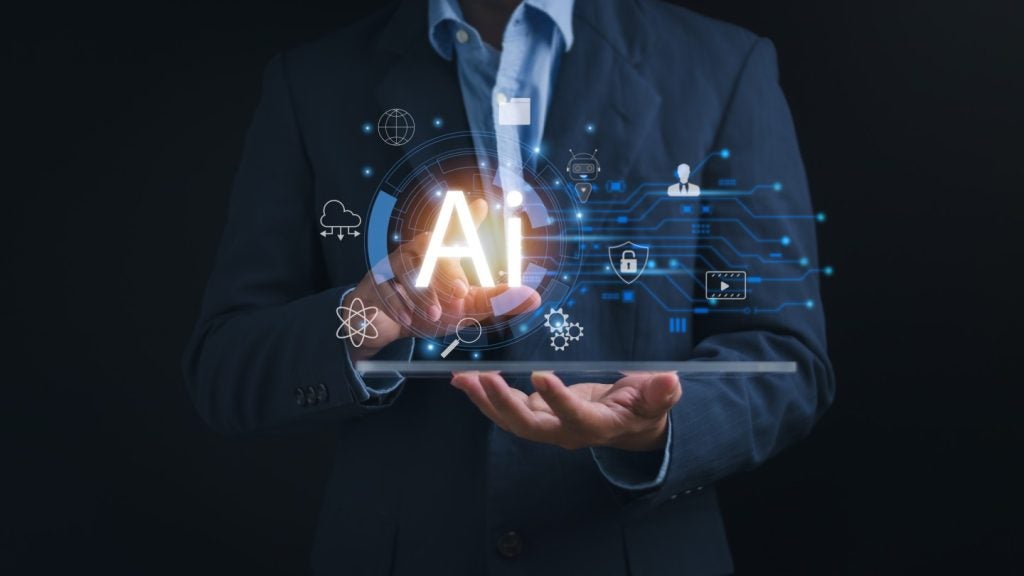The data center industry has experienced several major technological and business shifts that will shape its future development. The pandemic has changed the way businesses, their employees, and their partners operate and how technologies are adopted. The plummeting cost of sensors and relays has caused an exponential growth in the number of connected devices. Consequently, data volumes are growing at explosive rates. As such, GlobalData forecasts that the data center market will become a $948 billion industry by 2030.
Data centers are the untold energy emitters of the IT industry. According to the International Energy Agency, they account for 0.3% of all global CO2 emissions. While this is much lower than the transport industry, which accounted for 23% of CO2 emissions in 2021 (according to the IEA), they are still significant emitters of CO2. The significant energy footprint of cloud computing requires the data center industry to accelerate the adoption of sustainable practices to help reduce climate damage. Furthermore, these centers are extremely vulnerable to the impacts of climate change. They are built to withstand bad weather, but the increased likelihood of extreme weather events caused by climate change has the potential to cause significant disruption.
The search for data center sustainability
Environmental monitoring is one of the most important—and energy-intensive—aspects of a data center. Today’s high-performing racks support power requirements of 20 kilowatts (KW), and we are quickly heading towards 50KW or more. Consequently, companies have started to investigate the potential of installing liquid cooling capabilities to make use of the higher thermal transfer properties of water. Vendors such as Huawei and IBM have invested in liquid cooling systems. Scientists and developers should now focus on reducing water usage to obtain further improvements.
Big Tech companies, including Amazon, Microsoft, Google, Facebook, and Apple, are in an arms race to better each other’s promises over data center sustainability. Microsoft has even explored putting a data center underwater. Over a two-year period from June 2018, in a research project called ‘Project Natick’, Microsoft trialed an underwater data center in the Orkney Isles off the North East coast of Scotland.
In January 2021, more than 40 companies and trade organizations tied to the cloud and data center industry—including Amazon, Google, Equinix, Interxion (Digital Realty), and NTT—formed the European-based Climate Neutral Data Center Pact in a self-regulatory move to make data centers across Europe climate-neutral by 2030.
Artificial intelligence: the problem and the solution
Data center processing, especially for AI workloads, comes at a huge environmental cost. Using AI for deep learning has a terrible carbon footprint. Researchers at the University of Massachusetts performed a lifecycle assessment for training several common large AI models and found that training a single AI model can emit as much as 626,000 pounds of carbon dioxide equivalent. That is nearly five times the lifetime emissions of the average American car.
However, data centers are also using AI to improve energy efficiency. AI can help optimize heating and cooling systems, which can, in turn, cut electricity costs and improve efficiency. Dynamic hibernation also uses AI to predict fluctuations in demand and switch servers into hibernation accordingly
Moving past the low-hanging fruit
The rapid growth of cloud computing has seen the largest players deepen their commitments to green energy due to demands not only from operators and pressure groups but also from customers looking to reduce their emissions. Some data center providers recognize that using renewable energy is now a prerequisite, not just a competitive advantage. Those that are unable to demonstrate their improvements in energy efficiency will be at a definite disadvantage.







